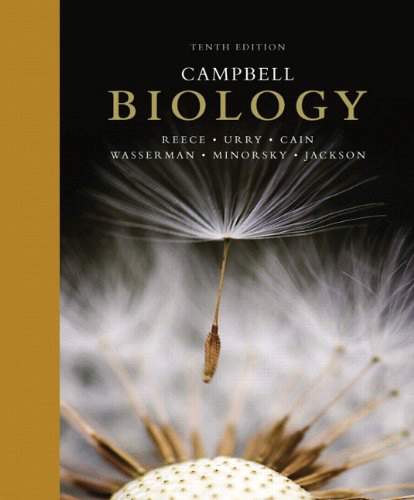Connecting...

This is a quick preview of the lesson. For full access, please Log In or Sign up.
For more information, please see full course syllabus of Biology
For more information, please see full course syllabus of Biology
Biology Cellular Transport
Lecture Description
In this lesson, our instructor Bryan Cardella gives an introduction cellular transport. He explains passive transport, diffusion, facilitated diffusion, osmosis, concentration gradient, relative concentrations, active transport, endocytosis, and exocytosis.
Bookmark & Share
Embed
Share this knowledge with your friends!
Copy & Paste this embed code into your website’s HTML
Please ensure that your website editor is in text mode when you paste the code.(In Wordpress, the mode button is on the top right corner.)
×
Since this lesson is not free, only the preview will appear on your website.
- - Allow users to view the embedded video in full-size.
Next Lecture
Previous Lecture










































 Answer Engine
Answer Engine

1 answer
Sun Jun 14, 2020 2:16 PM
Post by greenacer on June 13, 2020
Why is facilitated diffusion still considered passive transport if the cell membrane are helping it?
0 answers
Post by Patrick Wang on June 8, 2020
haha a U tube haha
2 answers
Last reply by: A J
Tue Dec 31, 2019 3:20 PM
Post by A J on December 30, 2019
Hello Professor Cardella,
Is there a specific name or classification for the thing that would pump things out like for example the Na+/K+ pump setting that you showed on one of the slides? Thank you!
1 answer
Wed Feb 22, 2017 3:44 PM
Post by Kapil Patel on February 22, 2017
1. A cell is in a solution of 40% water. If this cell swells, what can you state about the relationship of the cell to its solution? 2. Bacteria found in a pond is 90 % solvent. If the pond contains 30 % solute what will happen to the bacteria? Is the pond hypertonic, isotonic or hypotonic to the bacteria? 3. Two cells are in a beaker. Cell A shrinks and cell B explodes. What is the relationship of cell A to cell B? What is the relationship of the solution to cells A and B? 4. If a cell is 90 % water and it is in a solution that is 10% salt, what will happen to the cell? 5. There are 5 cells in a beaker. Cell A crenates, Cell B remains unchanged, Cell C swells, cell D lyses and cell E becomes even smaller than Cell A. What is the relationship of each cell to its solution? 6. A cell is 25% salt and it is placed in a beaker with 10 % salt. What will happen to the cell? 7. Red blood cells are .9% solute. If I place that cell in 5%, .5%, 10% and .9% solute, what is the tonicity of the outside environment? 8. A plant cell is .9% solute. What solution would the cell most like to be in, 5%, 0.5%, 10% or 0.9%?
1 answer
Tue Sep 30, 2014 10:41 AM
Post by King Calculus on September 29, 2014
You speak of the neuron and the electrical energy that takes place along the axon. Is this similar to what is going on in Parkinson's disease where there is too much electrical activity in the neuron, or is it too little neural activity in the in the basal ganglia or too much in the substantia nigra? By the way, you're a great teacher, thanks for doing what you do, you're a hero.
1 answer
Sun Jul 13, 2014 11:47 AM
Post by Brady Dill on July 12, 2014
Osmosis: What is the reason water is pulled to areas of lower water concentration? What force pulls it? Some sort of pressure?